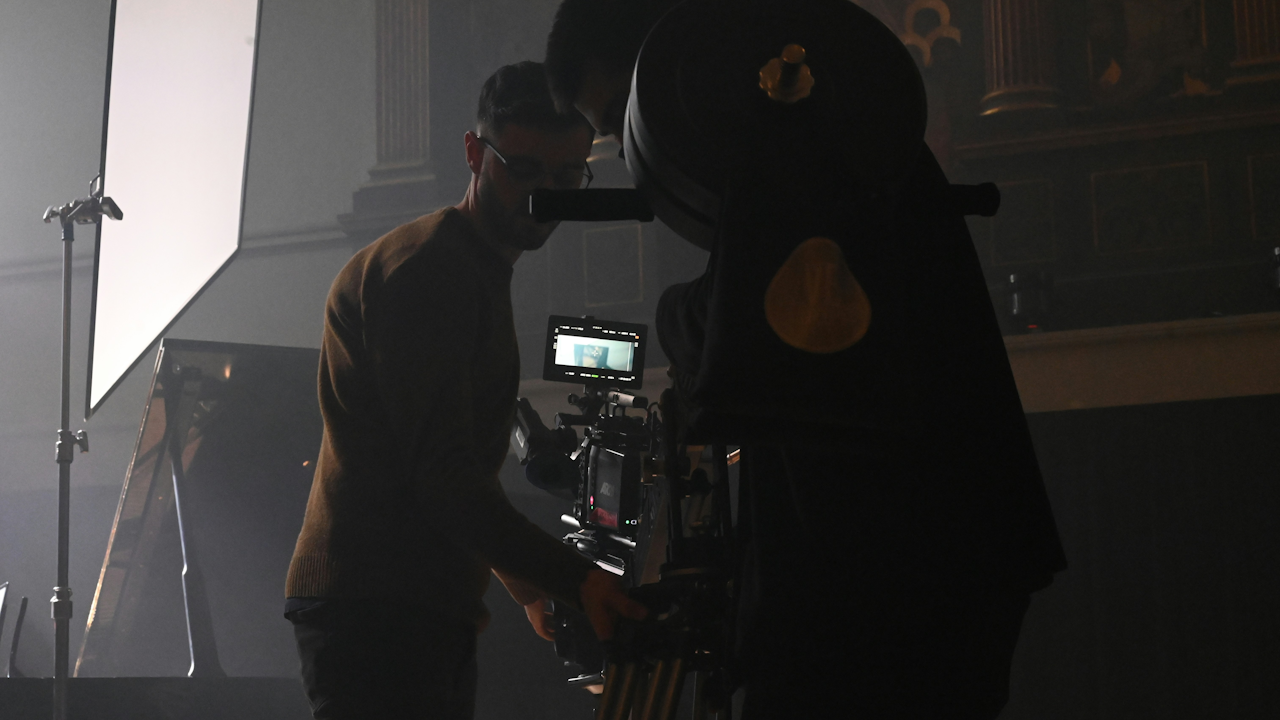The magic of cinema often lies in the illusion of scale an epic adventure conjured from a cramped apartment, or a sweeping drama unfolding on a shoestring budget. Microbudget independent films are the quiet revolutionaries of the film industry, proving that creativity and persistence can rival multimillion-dollar productions. Behind every successful indie hit made on a microbudget is a tapestry of improvisation, sacrifice, collaboration, and sheer willpower.
At the core of most microbudget successes is a director with a relentless vision. Without studio backing or a robust financial cushion, these filmmakers often take on multiple roles writing, directing, editing, even handling craft services. Their commitment becomes the engine that powers the entire production. One such example is Primer (2004), directed by Shane Carruth, who made the film for just $7,000. Carruth not only directed and wrote the film, but also starred in it, composed the score, and edited the footage. His story illustrates how many indie filmmakers must stretch themselves to bring a story to life.
Casting is another area where resourcefulness comes into play. Without the funds to pay professional actors standard rates, indie directors frequently turn to friends, local theater communities, or social media calls to fill roles. But this can lead to unexpected blessings. Fresh faces can bring an authenticity that seasoned professionals might not. In many indie hits, the cast’s natural chemistry becomes one of the film’s greatest assets. Rehearsals, often held in living rooms or public parks, emphasize improvisation and deep character work over technical perfection. This results in performances that resonate with audiences on a deeply human level.
Locations are typically limited and must serve multiple functions. A single apartment might become a dozen different settings through clever set design, lighting changes, and camera angles. Guerilla filmmaking shooting quickly in real-world locations without permits is a common tactic. While this approach can sometimes cause stress or even legal trouble, it also infuses scenes with a raw, unpolished energy. The city streets, diners, and laundromats used in these films feel lived-in and real because they are. Instead of elaborate sets, the world becomes the backdrop, grounding stories in tangible, everyday experiences.
The financial aspect of microbudget filmmaking is a masterclass in resource management. Budgets often hover in the low thousands, forcing filmmakers to make every dollar count. Crowdfunding campaigns, personal savings, credit cards, and favors from friends all contribute to the war chest. Every expenditure is carefully weighed: Do we need a dolly shot, or can we fake it with a wheelchair? Can we afford a makeup artist, or can the lead actor do their own touch-ups? These decisions aren’t just about cutting costs they shape the aesthetic and tone of the final film. The constraints lead to innovation. Lack of access to advanced gear might result in minimalist compositions, while the inability to afford CGI encourages practical effects or suggestive storytelling.
Post-production is another area where indie filmmakers wear multiple hats. Editing is frequently done on laptops using free or low-cost software. Music, too, is often sourced from royalty-free libraries, local musicians, or created by the filmmakers themselves. This DIY approach, while time-consuming, allows for a level of creative control rarely found in larger productions. It also reinforces the collaborative spirit of the project. Everyone pitches in actors might assist with marketing, producers might moonlight as sound designers.
One of the most underestimated aspects of indie success is marketing. With no marketing budget, word-of-mouth becomes the most powerful tool. Social media platforms serve as promotional vehicles, and film festivals act as launchpads. Screenings at Sundance, Tribeca, or South by Southwest can provide the visibility that leads to distribution deals or viral buzz. The success of films like The Blair Witch Project or Clerks can be traced back to clever marketing strategies executed with minimal funds. Engaging audiences directly through grassroots efforts, Q&As, and behind-the-scenes content creates a sense of community and loyalty.
The relationships forged during these productions are often as valuable as the finished film. With everyone operating on trust, shared passion, and minimal pay, a tight-knit team dynamic is born. The sense of collective ownership over the project fosters deeper investment and creative risk-taking. Many filmmakers continue to work with the same actors, producers, and crew members in future projects, creating a stable creative ecosystem.
The ripple effect of a successful microbudget film can be enormous. It launches careers, challenges industry norms, and inspires others to create. It demonstrates that powerful storytelling doesn’t require lavish effects or massive teams it requires heart, ingenuity, and resilience. For audiences, these films offer something different: a glimpse into the raw, unfiltered imagination of someone who had a story to tell and found a way to tell it.
The making of a microbudget indie hit is more than a behind-the-scenes process; it’s a testament to what’s possible when artistry triumphs over adversity. Each obstacle overcome adds another layer to the story not just on the screen, but in the journey of making it. That journey, as much as the film itself, is what resonates.

